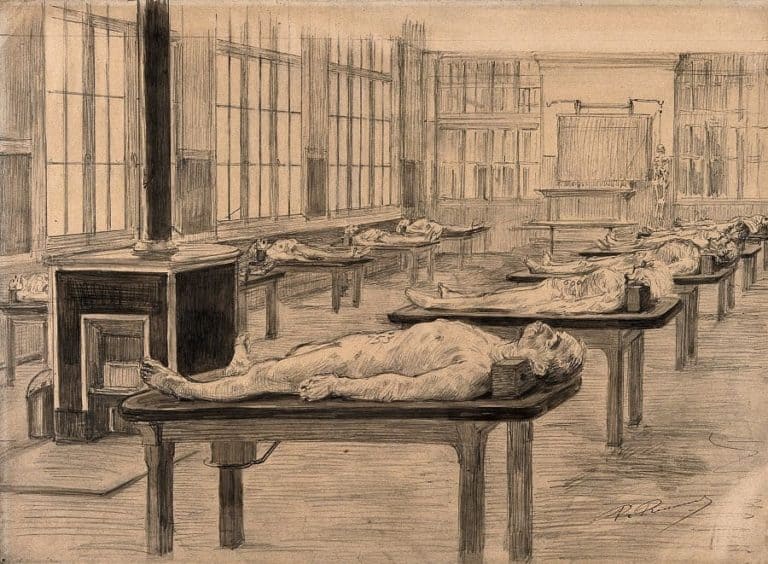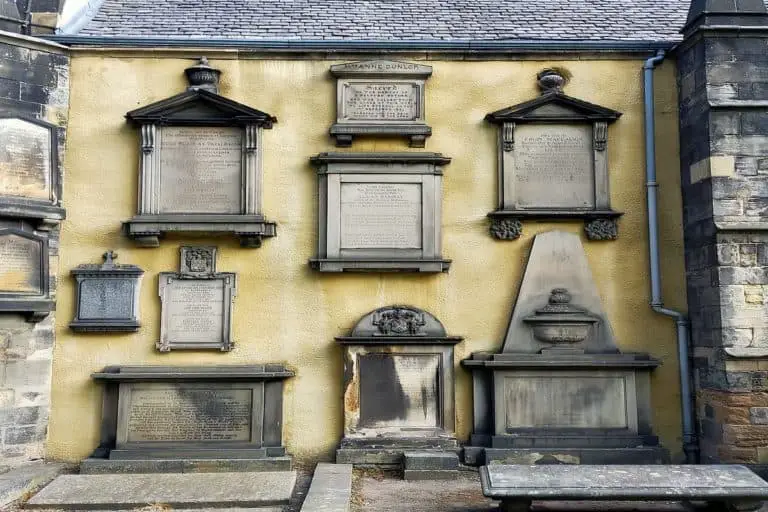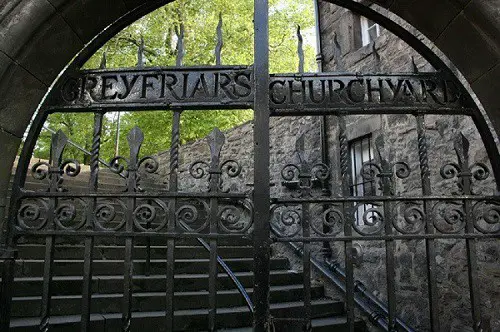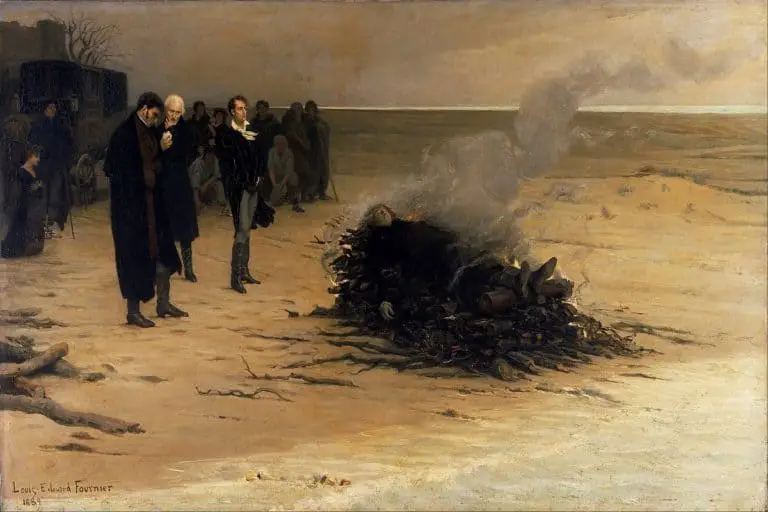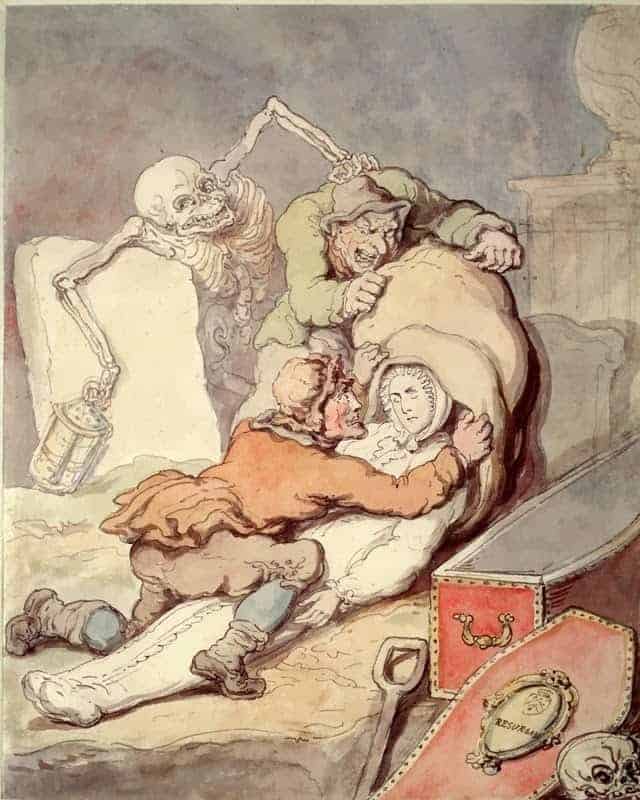Body Snatching In Strathspey | On The Edge Of The Scottish Highlands
Travel north from Edinburgh on Scotland’s A9 and you’ll eventually hit the tranquillity of the Scottish Highlands and a small region called Strathspey, famous for its Malt whisky.
An almost perfect location some might say. Big open spaces, Scotland’s famous big skies and the freedom of being in the middle of nowhere. A perfect location, however, that was targeted by body snatchers eager to get a corpse for the dissecting table, at whatever cost.

I’m always surprised at the number of locations with links to body snatchers this far north, but for this quick trip, especially if you only have a few hours to spare. I’ve grouped together two locations that I think should be included on any mini road trip in the Scottish Highlands.
One of the sites I’ve been to many times, for here lies a legend that only the keenest eye can find, and one which has beaten me for over 7 years. The other site I found through sheer grit and determination as the dusk was falling and time was running out. I hope to make things a little easier for your trip.
Finding The Strathspey Region
The area of Strathspey lies on the A95, just off the A9 as you head north from Pitlochry, and is about 126 miles (202.7 km) from Edinburgh, on the very eastern edge of the Highland region. The route takes you past views of the famous Cairngorm mountain range and will eventually take you alongside the River Spey.
Just five miles apart, Cromdale and Advie were both targeted by the resurrection men and both sites chose to build a watch house to help protect their dead.
Cromdale Parish Kirk
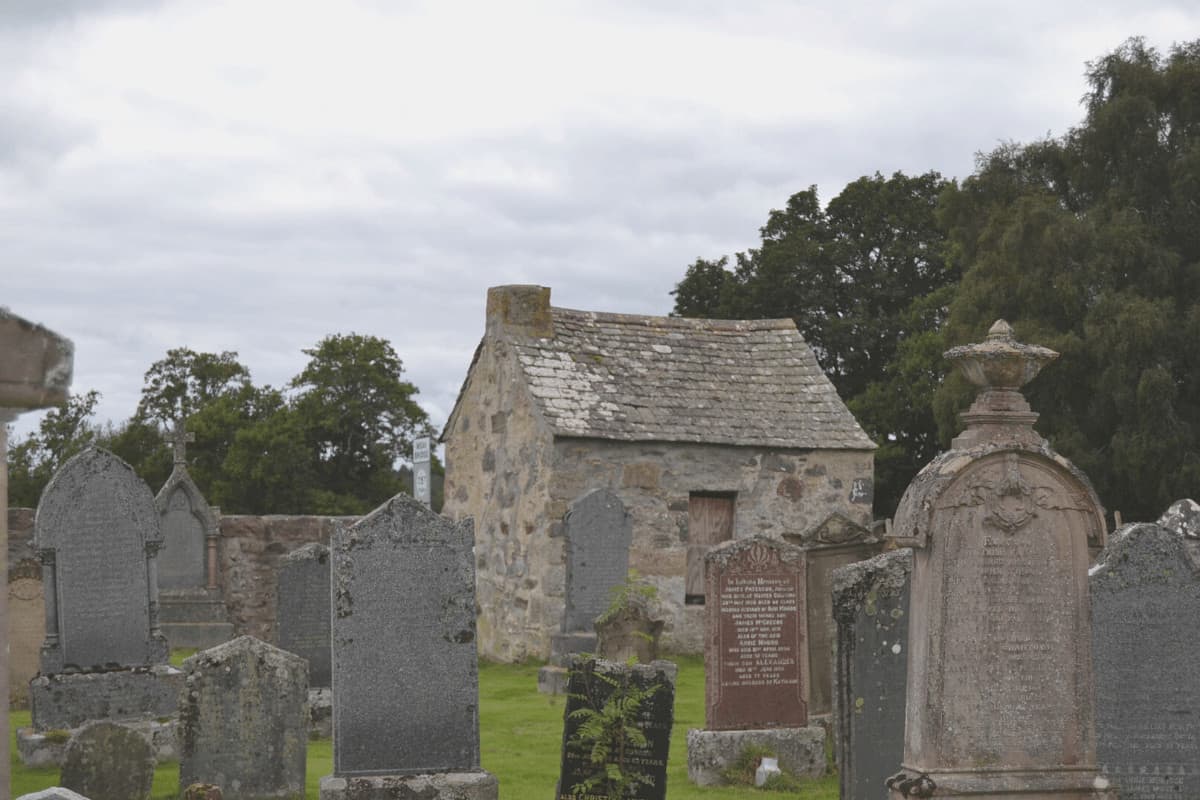
Nestled on the banks of the beautiful River Spey, the 3rd longest river in Scotland, and so close to the river’s edge that its waters are nearly touching the toes of the graveyard inhabitants, lies the village of Cromdale.
Cromdale Watch-House
As soon as you start walking to the Kirk you’ll be able to see the watch house on your right built into the kirkyard wall.
A simple structure, the watch house here is made of rubble (which I didn’t even know was a building material) and a roof made from local slate.
It’s currently being used as a storage shed for garden equipment. If you’re lucky, then the door might be open and you’ll be able to see the simple fireplace dead ahead of you. The single window gives a clear view over the graveyard, the small fire giving just enough warmth for the watchers to stay interested.
The Kirk and the watch house are both listed buildings, Category B and I can’t help but pause for a while with my hand up the watch house walls imagining the events that next unfolded in the graveyard.
If you stand with your back to the watch house and set off in a northerly direction for about 25 paces, my trusty guide says that there should be a gravestone around about here that shows signs of having been hit with a musket ball.
Whether this is folklore or not, the gravestone was supposedly hit after a party of body snatchers had made their way into the graveyard and the men from the watch house fired upon them. Try as I might I can’t find the gravestone in question, and I’ve been trying to find it for over 7 years!
I’ve also yet to find a full body snatching tale for this site, as well as carry out some research in the archives but my searches continue, as do my regular visits to try to find the gravestone with the musket marks.
If you’ve seen it, or know any stories then I’d love to hear from you!
The Battle Of Cromdale
In May 1690, 400 members of the Jacobite Army were killed, and a further 100 were captured near here by Government forces.
The Battle of Cromdale, took place upon the Haughs of Cromdale at Lethendry and there is a small plaque giving more information on the side of the Kirkyard wall.
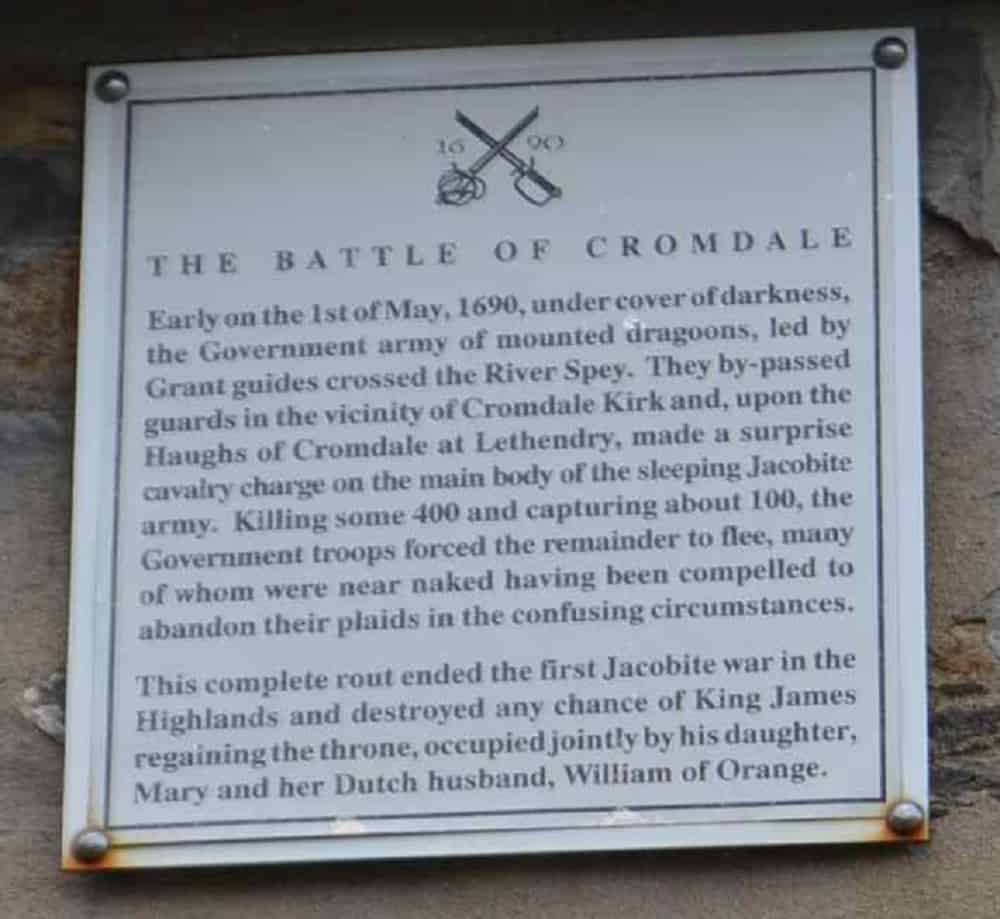
How To Find Cromdale
Head to the larger town of Grantown-on-Spey, and you’ll soon end up in Cromdale further along the A95, just keep your eyes peeled for Kirk Way once you get into the village. Follow this road until you get to the Kirk at the end and the big car park on your right.
The quiet parish Kirkyard of Cromdale, built in 1809, was a clever location to target. This fast-flowing river, already an established waterway, offered the perfect getaway route and with a population hovering around the 3000 mark during the ‘Resurrection Times’, – the Kirk itself able to accommodate 900 – fresh cadavers wouldn’t have been too hard to find.
Advie Cemetery
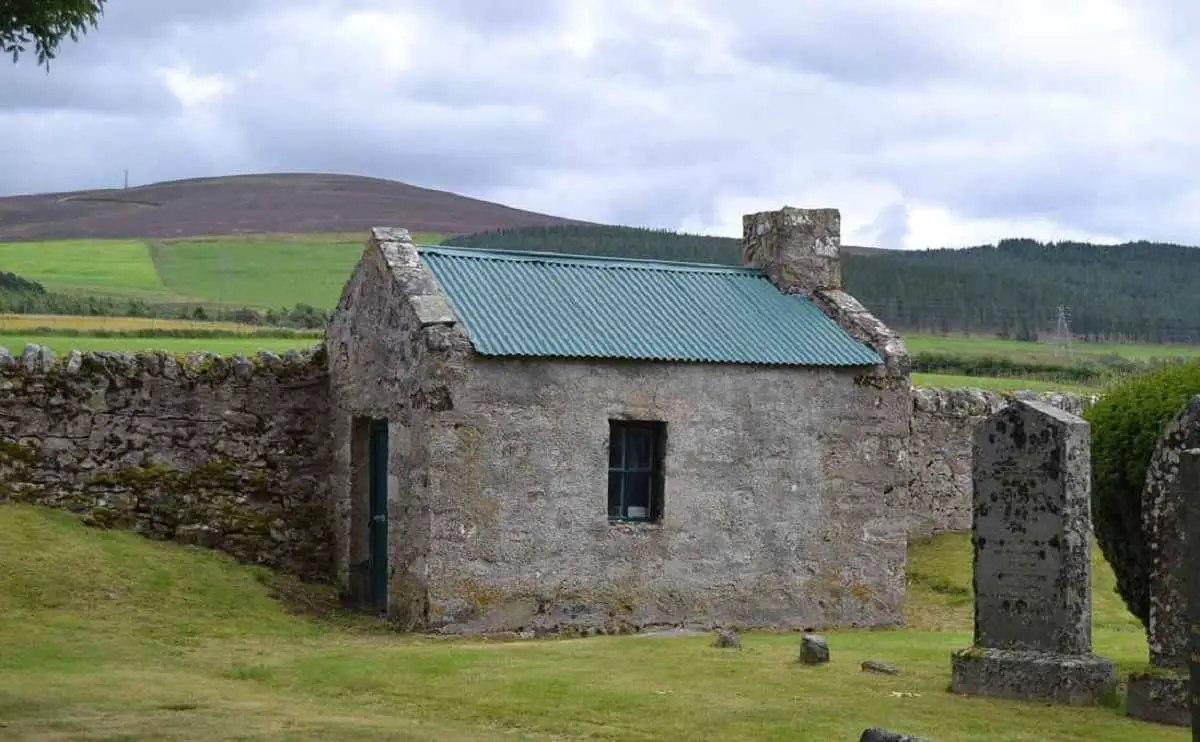
The hamlet of Advie, tucked completely out of sight from the main road, was an absolute devil to find. My GPS just wouldn’t pick it up and nor would my phone.
I have scrawled in my notes that Advie is in the middle of nowhere down a very desolate track, so the location certainly made some impression on m and I eventually made it to my destination.
The Kirk here was thought to be dedicated to St Bride and built around 1706. Although nothing remains of it now, some sources say that it was a complete ruin by 1926, others that it had been completely removed from the site 26 years earlier.
Advie Watch House
Evidence of a possible watch house can be seen on the 1st Edition 6” Ordnance survey map of the area (1879) although there’s a little confusion in later years as to what the building depicted here actually is.
The watch house stands on the eastern wall, while the building referenced above was noted to be on the south west corner of the graveyard, in a state of ruin and without a roof. Later observations (1966) state that this small building on the eastern wall is more likely to be the watch house and by the mid 60’s, was being used as a tool shed – still its current use today.
You don’t have to go far into the cemetery before you can see the watch house tucked against the back wall. Modern corrugated roof aside, this watch house is nearly identical to the one at Cromdale. Could it have been built by the same craftsmen perhaps?
Expertly manicured conifers take pride of place among the gravestones and the cemetery certainly has to be one of the neatest I’ve seen on any of my road trips. With lichen clad gravestones, this is the type of place where you wander and reflect.
Chances are you’ll be the only one here during your visit but I hope you don’t feel too spooked like I did.
Finding Advie Cemetery
Advie itself is on a minor road, the B9102 and you’ll need to access it either back the way you came near Grantown on Spey, or further up the A95 at Marypark.
You should see a sign for Advie War memorial on the A95, continue over a small bridge after which, I managed to spot a small sign fixed to a gate pointing the way to the cemetery. Take care once you leave here for the road is actually the bed of a disused railway. I would advise you to leave your car at the end of the track and walk.
Stupidly I drove my car down the track. I knew I shouldn’t really have done it when I passed the three people who’d parked their 4×4 at the end and had got out to walk!
Having said that, there was quite a large area to park once I got to the cemetery itself, so things turned out well in the end.
I would advise you to proceed with caution, especially if your car is lower to the ground if you do decide to drive down here.
Did Body snatching Really Happen in These Two Locations?
With the distinct lack of body snatching stories being available for these two locations, you have to begin to wonder if body snatching actually went on here at all. Many villages installed body snatching prevention even if body snatchers weren’t operating in the area.
Stories filtering in from neighbouring parishes could have been all that was needed for a watch house to be built of a mortsafe to have been ordered from the blacksmith. It would still be nice, however, to be able to bring the sites to life a little with a few body snatching tales and although I keep researching, I’ve not been lucky enough to come across any as yet.
Nearby Locations
The number of body snatching sites in this particular area of Scotland always amazes me and there are plenty to choose from if you’d like a longer trip.
Upper Knockando
Not too further afield in the county of Moray, lies the small parish of Upper Knockando; more famous for its nearby distillery than its darker body snatching past.
The church that you see here today replaced the original 18th century church which burnt down in 1990 and its most striking feature, a white tower, dominates the site. There are still hints to darker events in the kirkyard, however, for the watch house, now a small chapel, can still be found here.
If you wanted to incorporate a visit to a distillery into a trip here then there are a few to choose from in the immediate area. Cardhu distillery is a stone’s throw from Upper Knockando Kirk and is the only malt distillery to have been founded by a woman. Slightly further afield, but only just, is Aberlour distillery located on the banks of the River Spey.
Boat Of Garten | Kincardine Church
Heading back along the A95 and past Grantown on Spey, you get to the small parish of Boat of Garten. You need to head to Kincardine church on the B970 and here you’ll find a pair of mortsafes, classic relics of the body snatching days.
The site is lovely and tranquil meaning that you’ll probably spend more time here than you originally intended.
Rothiemurchus | St Tuchaldus Church (Old Parish Church & Burial Ground)

You can’t come to this area of the Highlands and not try to squeeze in a visit to the cursed grave of Seath Mor, Chief of the Clan Shaw in the 14th century.
The grave of Seath Mor is legendary when it comes to cursed graves.
Tamper with any one of the five ‘homing stones’ protecting the top of his grave then a guardian spirit, the spirit of the Doune, is said to take its revenge.
The Clan chief himself is also said to make an appearance if you stay too deep into the forest, which incidentally, is reputed to be in the top seven haunted forests in the UK. In 1983 Mor’s grave was covered over with a cage, designed to look like a mortsafe, in an attempt to stop people from tampering with the cylindrical stones on top. Definitely one to tick off your ‘must – visit’ list when you’re in the area.

